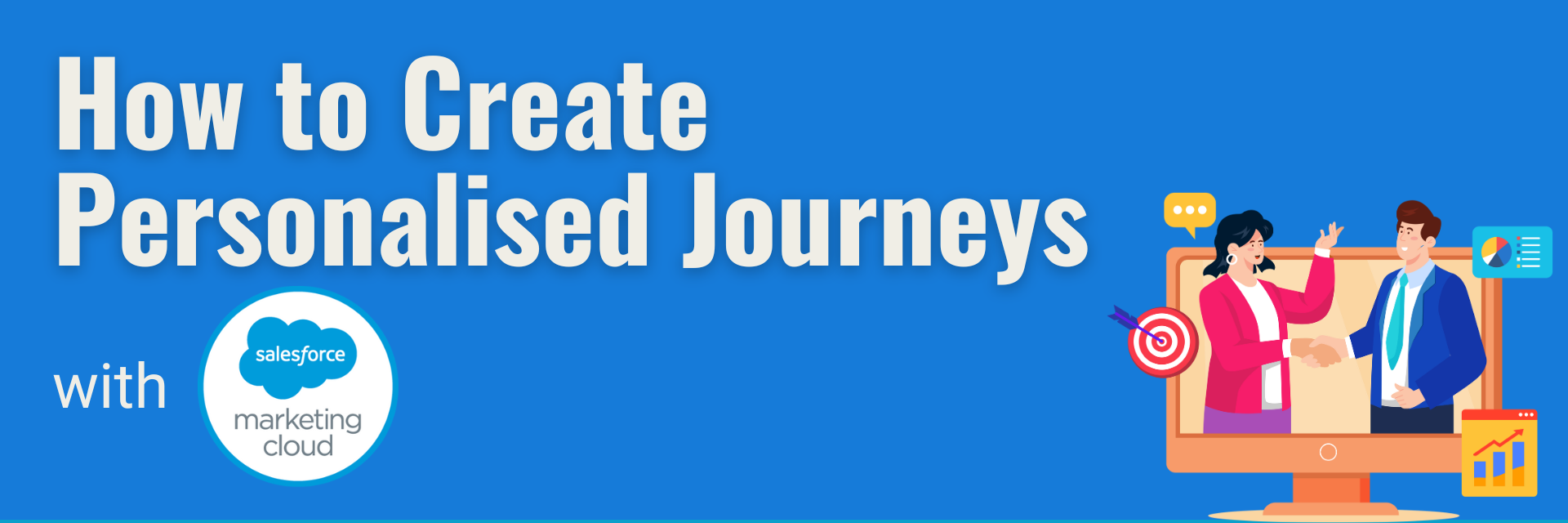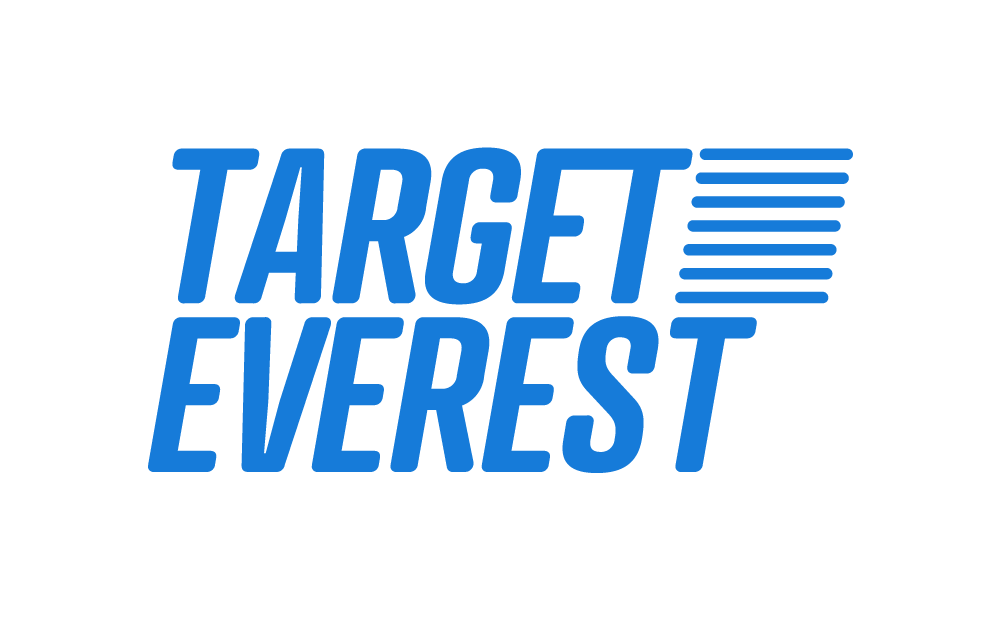Smart Email Marketing: How to Create Personalised Journeys in Marketing Cloud

In today’s competitive business, email marketing is no longer just about mass sends. To achieve real results, such as increased conversions, customer loyalty, and lasting engagement, brands need to invest in personalised journeys, relevant content, and artificial intelligence. With Salesforce Marketing Cloud, all of this becomes scalable and automated.
In this article, we’ll explore how to build personalised email journeys using Marketing Cloud, focusing on strategic segmentation, AI-driven personalisation with Einstein, and optimisation through A/B testing and best send times.
1. The Importance of Personalised Journeys
Before getting technical, it’s worth highlighting the value of personalisation: it puts the customer at the centre. Instead of sending the same message to everyone, you build a sequence of communications tailored to the behaviour, preferences, and funnel stage of each contact.
Example: a customer who clicks on a “New Arrivals” email can be automatically placed in a follow-up journey with similar products, while someone who hasn’t opened any emails recently may receive a re-engagement campaign with a special incentive.
This kind of experience is exactly what increases click-through rates, conversions, and customer retention.
2. How to Segment Lists for More Effective Campaigns
Segmentation is the foundation of personalisation. In Marketing Cloud, you can segment using Data Extensions, Audiences, and SQL Queries, with filters based on:
- Demographic data (age, location, gender)
- Behavioural data (clicks, opens, purchase history)
- Declarative data (preferences, signup forms)
- Engagement scores
Additionally, the Audience Builder allows you to create visual segments with cross-filter criteria, for example: “customers who purchased in the last 2 weeks + didn’t open the last 2 emails.”
💡 Pro tip: Combine simple segments with Contact Builder attributes to create dynamic audiences. E.g.: customers with more than 3 interactions in the past 7 days + declared interest in “technology”.
3. Personalisation with Einstein AI
Einstein’s artificial intelligence within Marketing Cloud allows you to automate and scale personalisation in a smart way. Here are some features you can use directly within email journeys:
Einstein Email Recommendations
Suggests personalised products or content based on browsing behaviour, past purchases, or engagement history.
Einstein Send Time Optimisation (STO)
Analyses each contact’s open behaviour to determine the best individual send time. This means a single email campaign can be delivered at different times for each person, maximising the chance of being opened.
Einstein Engagement Scoring
Classifies contacts into groups (Engaged, Disengaged, etc.), enabling automated decisions like: “If the person is highly engaged, send a direct CTA version; if less engaged, use a softer approach.”
💡 Pro tip: Use Personalisation Strings and AMPscript to dynamically display details in the email body, such as the person’s name, location, or last product viewed.
4. Best Time to Send Emails and A/B Testing
Time Optimisation with Einstein STO
As mentioned, Send Time Optimisation helps move away from the “send to all at 10 am on a Tuesday” approach. With STO enabled, Marketing Cloud calculates the best possible time to send for each contact, based on past behaviour.
Effective A/B Testing
It’s not just about testing subject lines. Marketing Cloud enables A/B testing for:
- Subject line
- Sender name
- Email content (version A with image X, version B with image Y)
- CTA (Call to Action)
- Send time
- Different layouts
And the best part: you can define a test audience (e.g. 10%), and the winning version (based on open rate, click rate, or conversion) is automatically sent to the remainder of the list.
💡 Pro tip: Always document your A/B test results and use them to guide future campaigns. A consistent history of testing supports data-driven improvements to your email performance.
5. Building Personalized Journeys with Journey Builder
The Journey Builder is the core of personalised journeys in Marketing Cloud. It allows you to map every step of the customer’s experience and apply logic based on data and behaviour.
Key Components:
- Entry Source: the trigger point (e.g. a new subscriber list)
- Wait Time: defines timing between steps (e.g. wait 3 days before the next email)
- Decision Split: conditional branches (e.g. “did they open the last email?”)
- Email Activity: sends a specific email in each step
- Einstein Split: AI-based decision logic
- Salesforce Data Events: connect with other Salesforce objects like Leads, Opportunities, or Cases
Real-world example: A welcome journey might include 3 emails over 9 days. If the user opens the second email and clicks “View Products”, they can be redirected to a conversion-focused journey.
6. Extra Tips for Smart Email Campaigns
- Avoid over-sending. Set channel frequency limits to prevent inbox fatigue.
- Keep your database clean. Regularly remove inactive or invalid contacts.
- Prioritise mobile design. Most emails are opened on smartphones, ensure your layout is responsive.
- Integrate other channels. Combine your email journeys with SMS, push notifications, and what’s app.
Conclusion
Creating effective email marketing campaigns in Marketing Cloud goes far beyond designing a nice-looking message. It’s about using data, automation, and artificial intelligence to deliver the right message, to the right person, at the right time.
Smart segmentation, AI personalisation with Einstein, strategic A/B testing, and automated journeys form the foundation of truly intelligent, results-oriented email marketing.
With these best practices in place, you’ll not only improve campaign ROI but also strengthen your long-term relationship with customers.
Want to find out more? Fill in the form and we’ll be in touch!
Explore more articles on our blog!
Do you want to hear more?
Our team of experts specializes in Salesforce and is dedicated to providing top-notch services to help your business succeed. If you're looking for Salesforce® solutions or have any questions, please feel free to reach out to us. We'd love to hear from you.
Contact us

 Target Everest |
Target Everest |